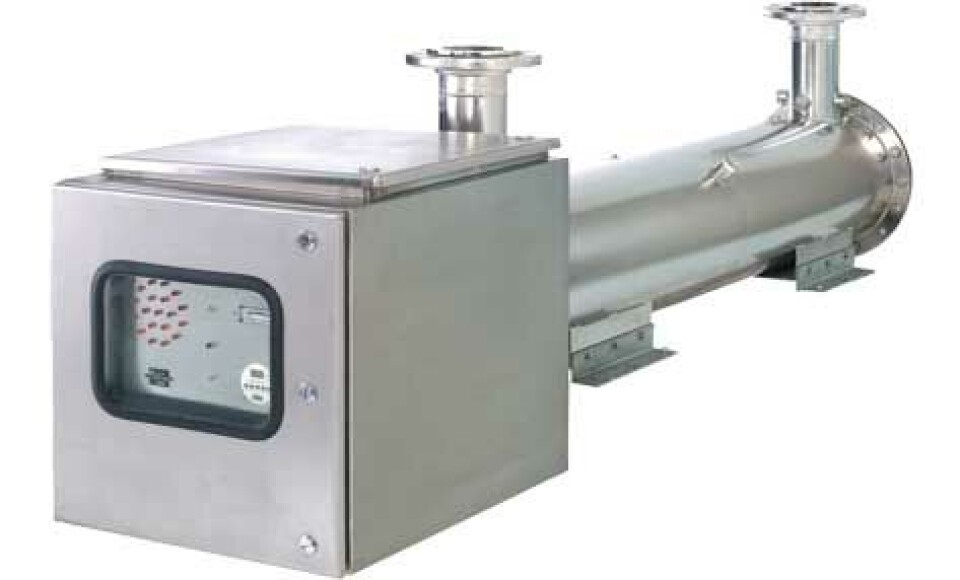
New treatment for processing plant waste water
In 2002, when the British Columbia Aquaculture Research and Development Committee (BCARDC) was put in charge of the CAD$ 3.75 million (~€ 2.3 million) BC Aquaculture & Environment Fund, one of the issues it wanted to address was the treatment of effluents from fish processing plants. While the regulatory regime only required plants to screen their liquid waste to a maximum size of solid particles prior to discharge to sea, the BCARDC committee felt that the industry should be more diligent in its management of such waste water. A plant was found- Walcan Seafood near Campbell River on Vancouver Island- that was involved with the processing of both farmed salmon and wild fish, particularly sockeye salmon, a known carrier of the IHNV (Infectious Hematopoietic Necrosis Virus), a pathogen that had shown to be particularly damaging when infecting Atlantic salmon.
Some of the custom built, farmed salmon processing plants in BC had already gone to the installation of waste water treatment systems on a voluntary basis, using ozonation or a process of additional screening, chlorination and dechlorination with Thisodium phosphate prior to discharging the treated water into the sea. This was done in response to an epizootic of IHNV on salmon farms in 2001-2003, when Atlantic salmon farmers in BC lost an estimated CAD$ 200 million (~€ 123 million) in sales due to the disease.
The BCARDC committee eventually decided to punt the funding proposal to the Fisheries and Oceans Canada Aquaculture Collaborative Research and Development Program (ACRDP), which was established to provide funding for industry-led priority research. Complications with meeting the program guidelines resulted in a stalled application, and the whole project was in jeopardy until the recent announcement by the Minister of Fisheries and Oceans that a grant of almost CAD$ 190,000 was being made available through the new Aquaculture Innovation and Market Access Program (AIMAP), also managed by DFO.
Having secured this funding from IMAP, the company was then able to better meet the ACRDP program guidelines as well, and the Walcan Seafood plant is now busy preparing for the installation of the equipment and the research necessary to make sure it works. This could present an effective, safe method of treating waste water for the fish plants in BC and elsewhere.






















































